Jean Jovenau (born September 17, 1888 in Paris; † 20th century) was a painter French. He mainly creates landscape paintings, still lifes and portraits.
Jean Jovenau studied at the École des Beaux-Arts then at the Académie Julian. At the start of his career, he owned a workshop on Boulevard Henri IV; There, in addition to floral still lifes, he created views of the Île Saint-Louis. Inspired by Henri Matisse, he then focused on large still lifes which, like the interior paintings he produced from around 1914, became less cluttered over time than at the start of his work. A painting by Jovenau was exhibited at the Salon of 1903, and in 1912 he showed a view of a Parisian street at the Sonderbund exhibition in Cologne with the Delta Place. In 1913 he participated in the first international exhibition of the Secession in Rome with a still life entitled Le pot de Gaillardes and in 1919 he was represented at the 27th special exhibition of the Kestner Society in Hanover. In 1922, during a group exhibition at the Galerie Bernheim-Jeune, a break with the Parisian art dealer Bernheim, who had obtained the exclusive right to sell Jovenau's paintings in 1908. Robert de Rothschild bought several paintings from Jovenau. The French state obtained a still life with a rabbit and a statue of Cupid. Félix Fénéon buys two nudes and several landscapes from Jovenau. A still life with a mirror from 1912 is in the Hermitage in Saint Petersburg, on the home page of which it is mentioned, without giving reasons or sources, that the artist died before 1926.











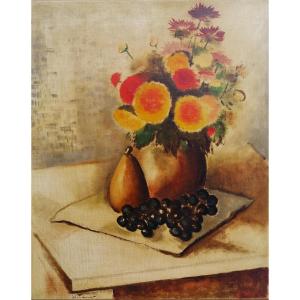
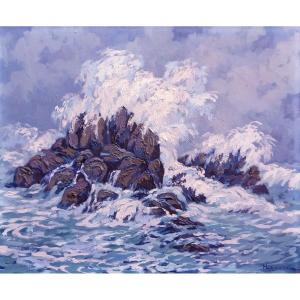
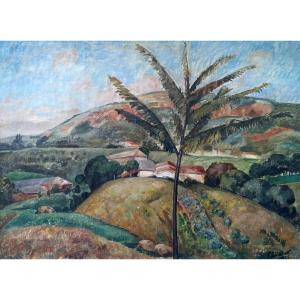

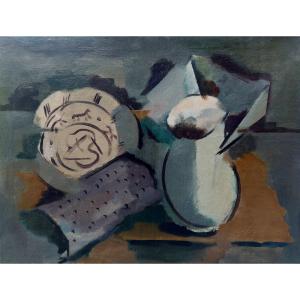

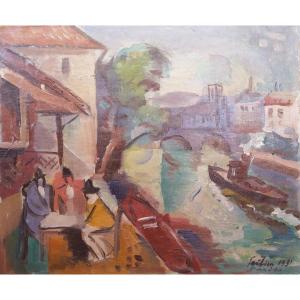
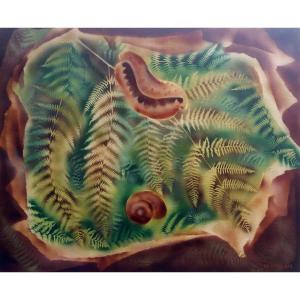



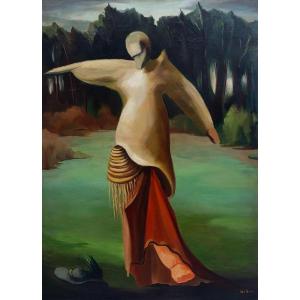


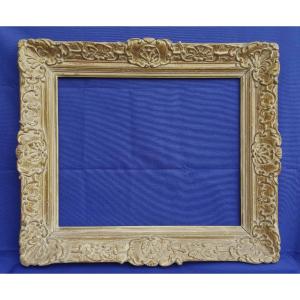
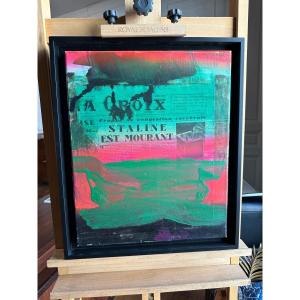







 Le Magazine de PROANTIC
Le Magazine de PROANTIC TRÉSORS Magazine
TRÉSORS Magazine Rivista Artiquariato
Rivista Artiquariato